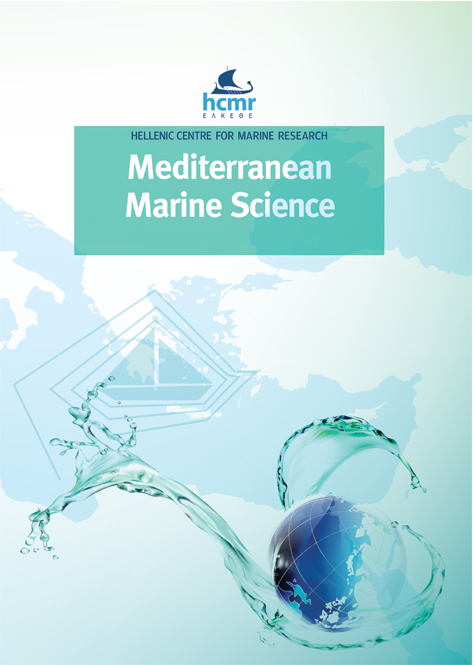A new species of Perinereis Kinberg, 1865 (Annelida: Nereididae) from the Western Mediterranean Sea revealed by morphological and molecular approaches
Аннотация
This study uses morphological and molecular evidence to describe a new intertidal species of Perinereis Kinberg, 1865 (Annelida: Nereididae) from northeast Algeria. Perinereis louizomarum n. sp. belongs to Subgroup 1A, which is distinguished by a single bar shaped paragnath on area VI of the proboscis and a dorsal ligule that is either slightly or not expanded in the posterior parapodia. The new species differs from P. cultrifera and similar congeners by having a bare area V and slightly enlarged posterior dorsal ligules. Furthermore, using newly generated and mined sequences from online databases, and mined sequences of Perinereis species from online, the analysis of cytochrome c oxidase subunit 1 (COI) mitochondrial gene sequences supported its status as new species. An identification key of the Perinereis species belonging to Subgroup 1A is also provided.
Article Details
- Как цитировать
-
REZZAG MAHCENE, H., VILLALOBOS-GUERRERO, T. . F., KURT, G., DENIS, F., & DAAS, T. (2023). A new species of Perinereis Kinberg, 1865 (Annelida: Nereididae) from the Western Mediterranean Sea revealed by morphological and molecular approaches. Mediterranean Marine Science, 24(2), 454–460. https://doi.org/10.12681/mms.33969
- Раздел
- Research Article
Authors who publish with this journal agree to the following terms:
- Authors retain copyright and grant the journal right of first publication with the work simultaneously licensed under a Creative Commons Attribution Non-Commercial License that allows others to share the work with an acknowledgement of the work's authorship and initial publication in this journal.
- Authors are able to enter into separate, additional contractual arrangements for the non-exclusive distribution of the journal's published version of the work (e.g. post it to an institutional repository or publish it in a book), with an acknowledgement of its initial publication in this journal.
- Authors are permitted and encouraged to post their work online (preferably in institutional repositories or on their website) prior to and during the submission process, as it can lead to productive exchanges, as well as earlier and greater citation of published work (See The Effect of Open Access).






